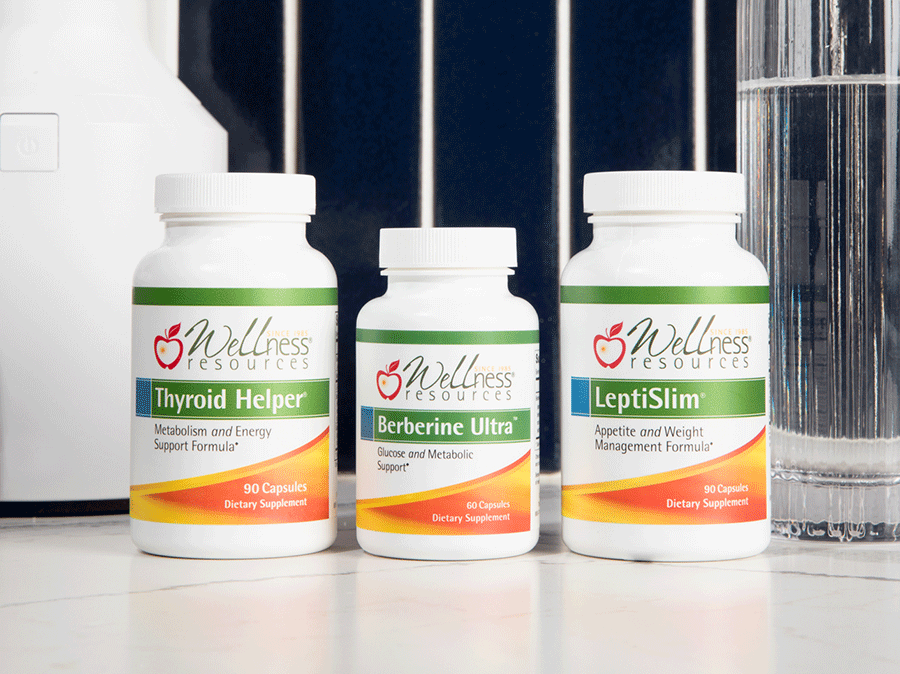HEALTH NEWS
Study Title:
Vitamin D in the skin physiology and pathology.
Study Abstract
Vitamin D plays important, pleiotropic role in the maintenance of global homeostasis. Its influence goes far beyond the regulation of calcium and phosphorus balance, as diverse activities of vitamin D and its natural metabolites assure proper functioning of major human organs, including skin. Recently, we reviewed the current understanding of vitamin D impact on human health from historical perspective (Wierzbicka et al. (2014) The renaissance of vitamin D. Acta Biochim Pol 61: 679-686). This article focuses on its functions in the skin. The skin and its appendages, creates a platform connecting and protecting internal organs against, usually harmful, external environment. It uppermost layer - epidermis in order to maintain a protective barrier undergoes a constant exchange of cornified keratinocytes layer. Its disturbance leads to development of serious skin disorders including psoriasis, vitiligo, atopic dermatitis and skin cancer. All of those dermatopathologies have a huge impact on modern societies, affecting not only the physical, but also mental state of patients as well as their social status. Furthermore, multiple human systemic diseases (autoimmune, blood and digestive diseases) have skin manifestation, thus "condition of the skin" often reflects the condition and pathological changes within the internal organs. In humans, the skin is the natural source of vitamin D, which is produced locally from 7-dehydrocholesterol in photoreaction induced by ultraviolet B (UVB) radiation from the sun. It is also well established, that the process of proliferation and differentiation of keratinocytes is tightly regulated by calcium and the active form of vitamin D (1,25(OH)2D3). Thus, the skin physiology is inseparably connected with vitamin D production and activity. Unfortunately, UVB, which is required for vitamin D production, is also known as the main cause of a skin cancer, including melanoma. Here, we are going to review benefits of vitamin D and its analogues in the maintenance of epidermal barrier and its potential use in the treatment of common skin diseases.

